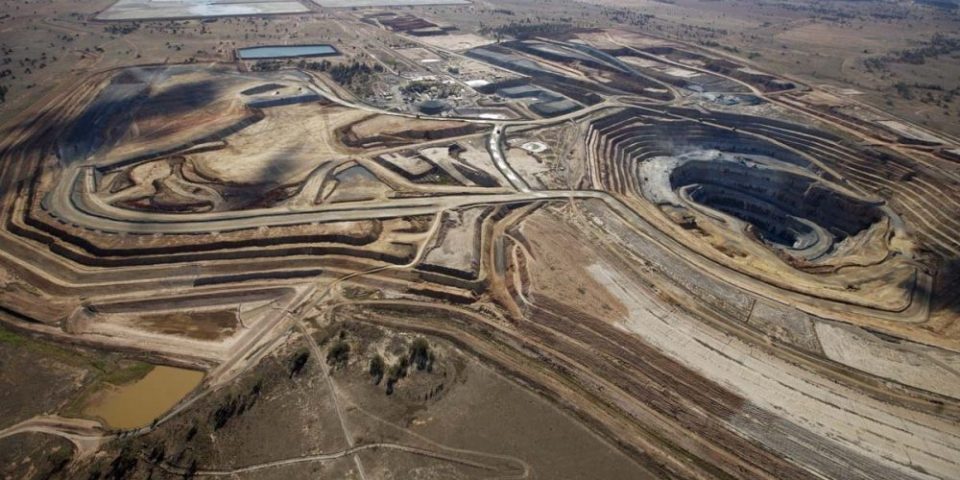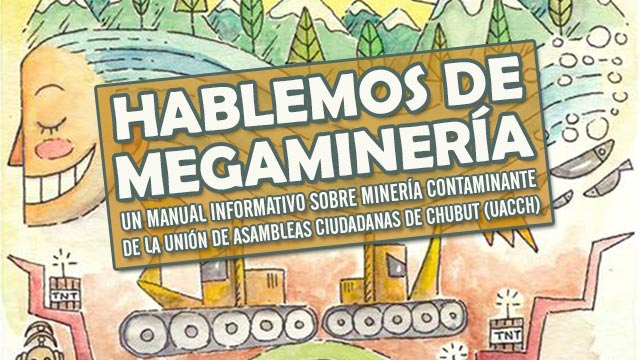Reno, Nevada, U.S.A. – 19/12/06. Research prepared for Washington D.C.-based environmental NGO, EARTHWORKS, asserts that faulty water quality predictions, and mitigation and regulatory failures are responsible for today’s hard rock mining-related water pollution.
By: Dorothy Kosich – Mineweb.com
Report blames faulty modeling, regulatory failures for U.S. mining water pollution
By: Dorothy Kosich Posted: '19-DEC-06 08:00' GMT © Mineweb 1997-2006
RENO, NV (Mineweb.com) –Research prepared for Washington D.C.-based environmental NGO, EARTHWORKS, asserts that faulty water quality predictions, and mitigation and regulatory failures are responsible for today’s hard rock mining-related water pollution.
The purpose of the studies, by professional mining engineer Jim Kuipers of Butte, Montana and Boulder, Colorado-based geochemist Dr. Ann Maest, was to review the history and accuracy of water quality predictions in environmental impact statements for major U.S. hardrock mines. They suggested that water quality predictions fail for two general reasons: the science of mine water quality prediction is imperfect; and, the science of mine water quality prediction is imperfectly applied at mine sites.
EARTHWORKS contends that a mine quality prediction model can only realize its potential at an individual mine site if that site is correctly characterized in its hydrology and geochemistry. Maest and Kuipers warned that the models now being used by regulators and mining consultants may be incorrect.
In their research, Kuipers and Maest noted “a failure to compare predictions made before the mines are permitted with the actual results.” They suggested that to form credible models “requires that the prediction be tested, and then the models adjusted based on the results. The process appears broken when it comes to predicting the impact of mines on water quality for mine permits.”
Kuipers and Maest also determined “that adverse impacts to water quality are common at mine sites, and they are most often caused by failed mitigation.” They recommended that a more in-depth study of the effectiveness of common water quality mitigation measures be undertaken.
If this situation is not improved, EARTHWORKS declared, the environmental and financial impacts of inadequate mitigation measures based on faulty modeling will continue to grow.
Their research also identified what Kuipers and Maest referred to as “inherent risk factors that may lead to water quality impacts.” They suggested that “mines close to water resources with high acid drainage or contaminant leaching potential need special attention in terms of mitigation and characterization.”
For the purpose of the study, “major mines” were defined as having a disturbed area exceeding 100 acres and a financial assurance amount over $250,000; or having a financial assurance of $1 million regardless of acreage; or having a production history of greater than 100,000 ounces of gold 100 million pounds of copper or the monetary value equivalent in another metal. The researchers found 183 U.S. mines met the criteria over a 30-year timeframe. Of those, 45% are still in operation. Only one of the major mines, Pogo, Alaska, is a new mine and is in construction.
The authors initially reviewed 104 environmental impact statements and environmental assessments for 71 major hardrock mines including gold, silver, copper, PGMs, molybdenum, lead and zinc in 10 mining states. A representative subset of 25 case study mines was selected to evaluate water quality predictions.
Of the 25 mines, Kuipers and Maest claimed that 76% polluted groundwater or surface water severely enough to exceed federal water quality standards. At least 13 of those mines exceeded groundwater quality standards. Of the 19 mines that exceed water quality standards, the pollutants that violated standards included heavy metals, arsenic, sulfates, and cyanide. Nine of the study mines developed acid drainage on site to date.
Among their recommendations to improve future water quality predictions, Kuipers and Maest suggested that regulators be required to review past predictions at other mines when permitting new mines. They also recommend that regulators “should require better information about the mine site—before, during and after operations.”
EARTHWORKS recommended that the procedures for selecting consultants should be changed to avoid potential conflict of interest. “Agencies should independently select and pay the consultants to conduct the studies. This will limit the ability of a mining proponent to influence the outcome of the predictions.”
Finally, EARTHWORKS and the researchers suggested that “many state and federal agencies are not sufficiently funded to employ staff with the technical expertise to provide appropriate analysis and oversight of the mine permitting process. Increased funding should be incorporated into agency budgets to ensure that technical expertise is available for permit review.”
The reports have been presented at five major mining conferences. For copies of the full reports and additional background, go to www.mine-aid.org.











